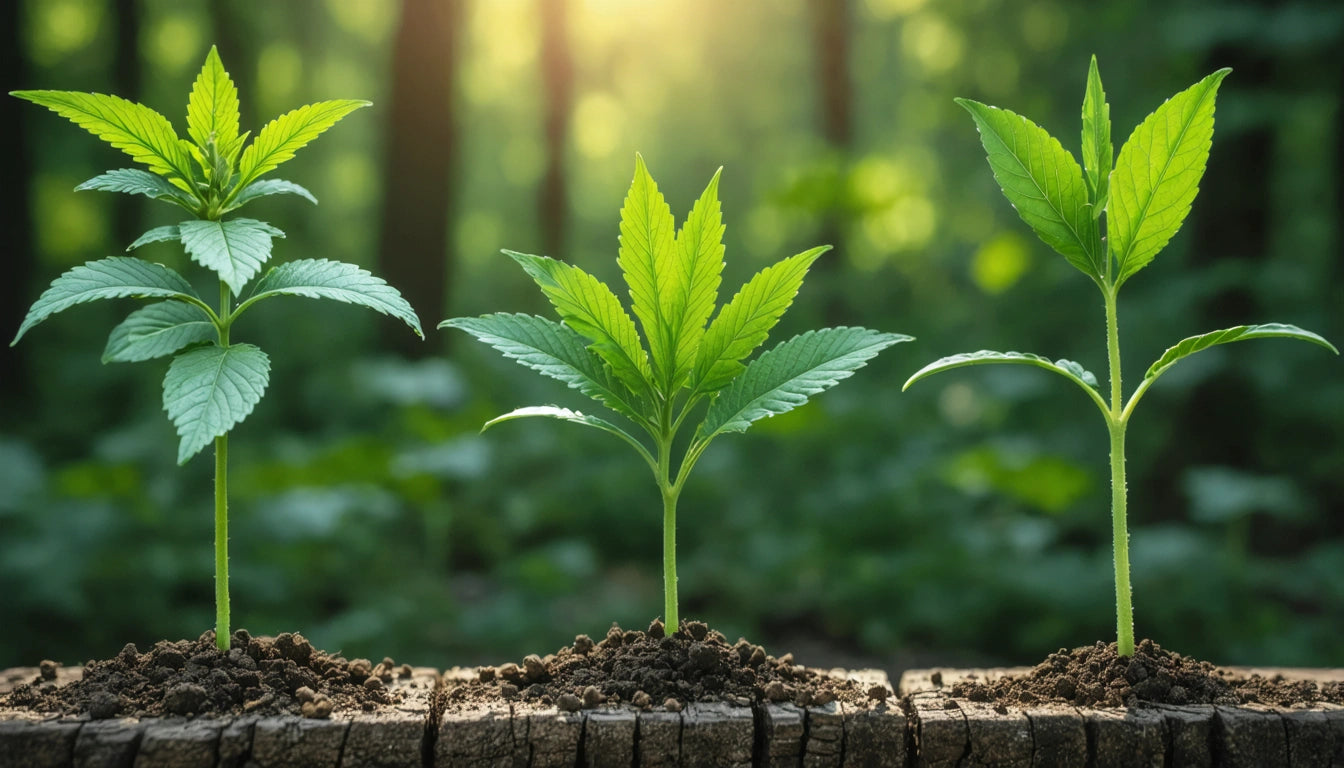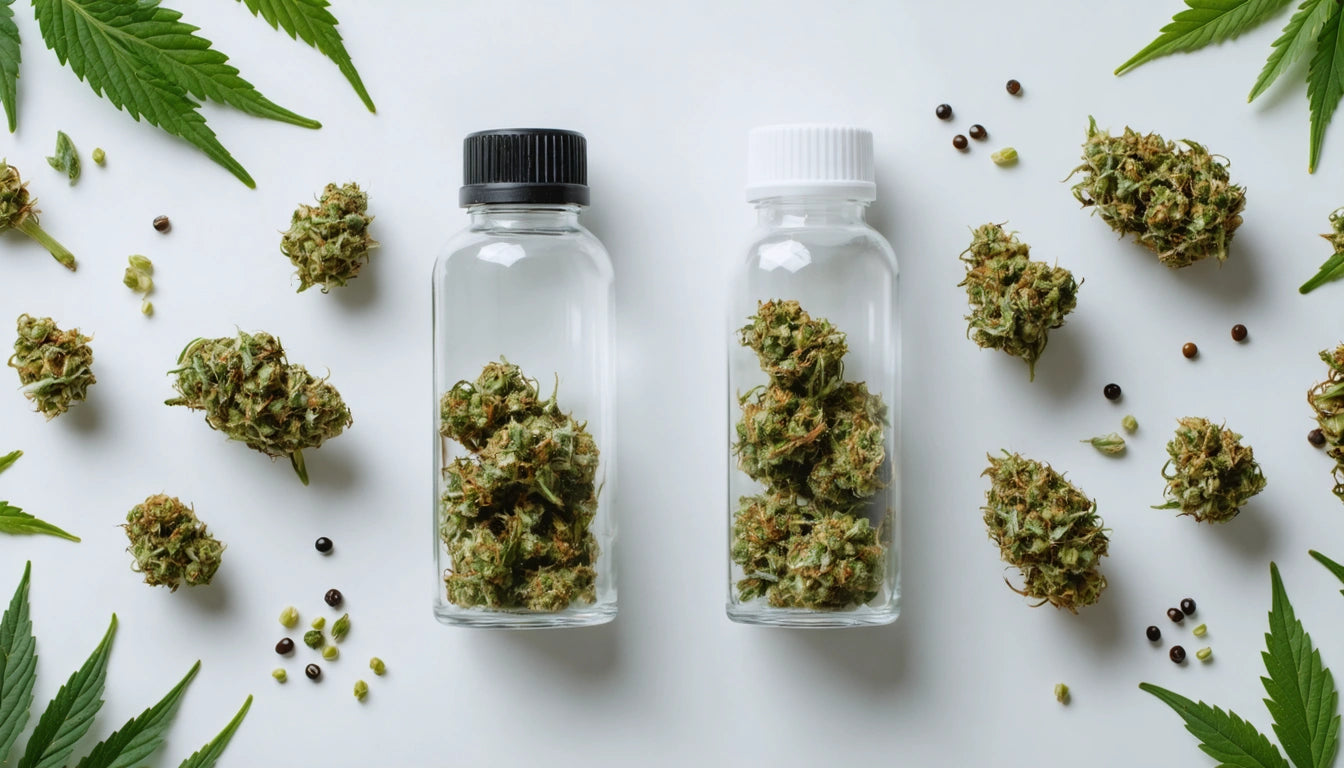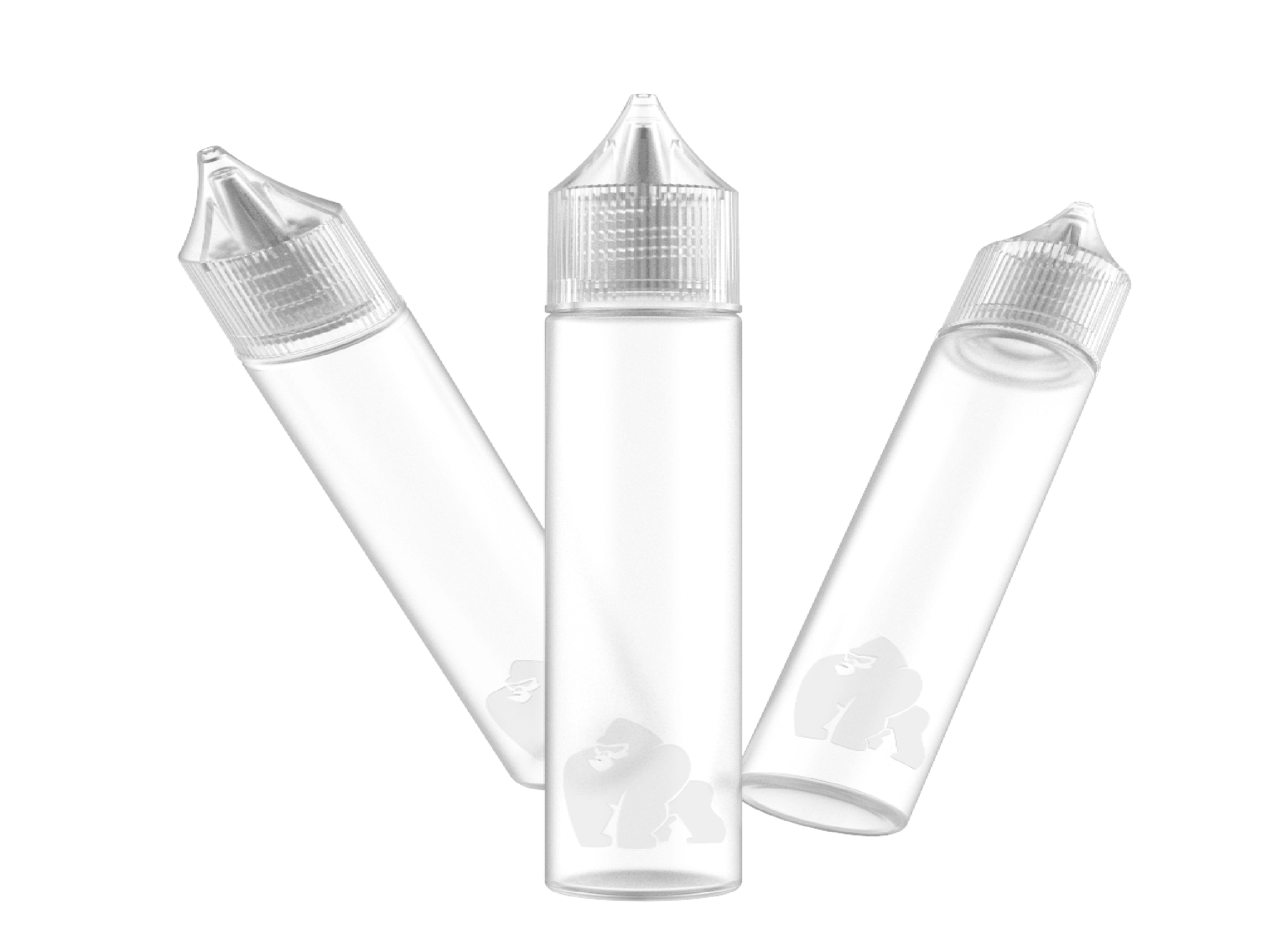Table of Contents
Topping vs. Fimming: Understanding Techniques and Timing for Plant Pruning
Plant training techniques are essential for cultivators looking to maximize yields and manage growth patterns. Among these methods, topping and fimming stand out as popular high-stress training approaches that dramatically alter a plant's natural growth structure. Understanding when and how to apply these techniques can significantly impact your cultivation results.
Understanding Topping and Fimming: Basic Concepts
Both topping and fimming are high-stress training (HST) techniques designed to break apical dominance, the tendency of the main stem to grow taller than side branches. By disrupting this natural growth pattern, plants develop multiple main colas instead of a single dominant one.
Topping Defined
Topping involves completely removing the newest growth at the top of the plant, including the main stem's growing tip. This technique creates two new main branches where there was previously just one, effectively doubling the number of potential main colas. As outlined in this comprehensive guide to topping plants, the process triggers hormonal changes that redistribute growth energy throughout the plant.
Fimming Explained
Fimming (FIM stands for "F**k, I Missed") is a variation of topping where approximately 75-80% of the newest growth is removed, but the very base of the new growth is left intact. This partial removal often results in the development of 3-4 new shoots rather than just two, potentially creating more main colas than topping.
Highlight: While topping creates a predictable split into two main branches, fimming can produce 3-4 new growth shoots but with less predictable results.
How Many Nodes Before Topping: Timing Your Technique
The question of how many nodes before topping is crucial for successful implementation. Generally, plants should have developed 3-5 nodes before applying either technique. This ensures the plant has established a strong root system and stem capable of handling the stress.
For photoperiod plants, waiting until the plant has 4-6 nodes is often ideal. Autoflowering varieties require special consideration, as discussed in this guide on topping autoflower plants, since their fixed lifecycle provides a narrower window for recovery.
Optimal Timing Factors
- Plant health: Only top or FIM healthy, vigorously growing plants
- Growth stage: Early vegetative stage after 3-5 node development
- Recovery time: Allow 1-2 weeks before flowering or additional training
- Strain considerations: Some genetics respond better than others
According to research on optimal topping timing, performing these techniques too early can stunt growth, while waiting too long reduces the benefits and extends vegetative time unnecessarily.
Fimming vs Topping: A Comprehensive Comparison
When evaluating fimming vs topping, several factors come into play that can help determine which technique better suits your cultivation goals.
Yield Potential
Fimming potentially creates more main colas (3-4) compared to topping (2), which theoretically could increase yield. However, topping produces more predictable results with more even canopy development.
Recovery Time
Topping typically requires a longer recovery period since it removes more plant tissue. Fimming is generally less stressful, allowing for quicker recovery and potentially shorter vegetative periods.
Canopy Management
Topping creates a more symmetrical growth pattern, making it easier to train plants for even light distribution. Fimming produces a bushier, sometimes less predictable structure that may require additional training techniques.
Execution Guide: Tools and Techniques
Proper execution of these techniques requires the right tools and approach. Clean, sharp scissors or pruning shears are essential for making precise cuts. For commercial operations handling multiple plants, specialized cultivation equipment can help maintain consistency and efficiency across your grow.
Topping Step-by-Step
- Identify the main stem's newest growth point
- Make a clean cut just above the node where two fan leaves emerge
- Remove the entire top growth point
- Allow the plant to recover for 5-7 days before additional training
Fimming Technique
- Locate the newest growth at the top of the plant
- Pinch or cut approximately 75% of the new growth, leaving the base intact
- Take care not to damage the underlying tissue
- Monitor new growth patterns as they develop
For both techniques, sterilizing your tools with alcohol before use helps prevent potential infections or disease transmission between plants.
Recovery and Aftercare: Supporting Your Plants
After applying either technique, plants need proper care to recover and thrive. During the recovery period, maintain consistent environmental conditions and avoid additional stressors.
Recovery Essentials
- Maintain stable humidity (50-60%) and temperature (70-75 °F)
- Continue regular watering schedule, avoiding overwatering
- Hold off on heavy feeding until new growth appears
- Monitor for signs of stress or disease
Most plants show signs of recovery within 2-3 days, with new growth becoming visible within a week. Complete recovery typically takes 1-2 weeks, depending on the plant's health and genetics.
Maximizing Results: Advanced Tips for Commercial Growers
For commercial cultivators, combining topping or fimming with other training techniques can maximize space efficiency and yield. Consider these advanced approaches:
Complementary Techniques
- Low-stress training (LST): Bend and secure branches horizontally to create an even canopy
- Screen of Green (SCROG): Use a trellis to support branches and fill horizontal space
- Lollipopping: Remove lower growth to focus energy on upper canopy development
Many commercial growers find that topping provides more predictable results for large-scale operations, while fimming might be preferred for smaller grows where manual management is more feasible. When working with numerous plants, consistent technique application becomes crucial for uniform canopy development and harvest timing.
By understanding the nuances of topping vs fimming and applying these techniques at the optimal time based on node development, cultivators can significantly improve their yields while maintaining plant health and vigor throughout the growing cycle.











Leave a comment
All comments are moderated before being published.
This site is protected by hCaptcha and the hCaptcha Privacy Policy and Terms of Service apply.